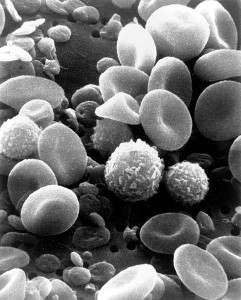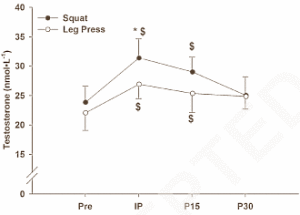Adderall is just one of the many prescription drugs used by students to aid their studying. It is an amphetamine prescribed to ADHD patients. It acts as a stimulant to battle their lack of focus. However, those not prescribed Adderall can still feel it’s benefits. Some researchers estimate about one and three college students take it without a prescription.
There is also a positive correlation between length of time in student (grade level) and usage. At the University of Kentucky, 50 percent of upperclassmen admitted to using ADHD stimulants at least once before. Since so many students are using it anyways, should Adderall be a drug that is sold over the counter at pharmacies?
Adderall does have some very intriguing qualities to it. It is used to improve attention span,
to help control impulses, and to stimulate the nervous system. This is beneficial for students because the cognitive upswing keeps them up to do their work. Athletes, one of many being Richard Sherman, take it as well as they believe it enhances their performance. In fact Dr. Gary Wadler stated himself that it is no doubt performance-enhancing.
However, that is one example of the abuses of it. Adderall is prescribed to help ADHD patients focus, not to improve athletic performance. The risk of abuse is present with any drug, but it will have more exposure if it is over the counter. If these drugs are abused they can cause nasty health side effects. These include:
- Weakness in arms and legs

- Seizures
- Pounding or fast heartbeat
- Shortness of breath
- Slow of impaired speech
- Hallucinations
- Aggressive behavior
- Blurred Vision
- Swelling
- Paranoia
Another risk with amphetamines is addiction. They are highly addictive. And with the increasing exposure by making the drug over the counter it could subject a lot more people to addiction. Those who abuse and misuse the drug actually have the highest risk for addiction. Taking doses more than what the doctor prescribes can also lead to addiction.
So, although Adderall can be very beneficial to those who dont need it, it isn’t safe enough to sell publicly. At least not yet. Maybe if it was more regulated or it could be figured out how to make it a safe drug for the public. The increased exposure combined with the risk based off abuse and addiction already makes its not logical to legalize.
Side Note: There are alternatives. Some companies try selling their own version of Adderall that has similar effects, without the amphetamine.























